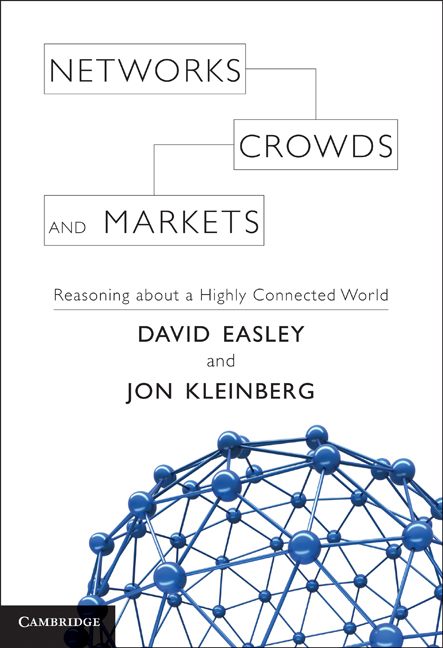Cypherpunks mailing list archive (1992-1998)
Filed under mailing list | Tags: · anarchism, capitalism, code, computing, cryptography, cypherpunk, free software, mathematics, politics, privacy, reputation, security, software
Cypherpunks was an active list with technical discussion ranging over mathematics, cryptography, and computer science. It had extensive discussions of the public policy issues related to cryptography and on the politics and philosophy of concepts such as anonymity, pseudonyms, reputation, and privacy.
The list was started in 1992, and at its peak in 1997 had well over a thousand subscribers, including John Gilmore (EFF co-founder), Timothy May (author of Crypto Anarchist Manifesto), Eric Hughes (A Cypherpunk’s Manifesto), Phil Zimmermann (PGP), Hal Finney (RPOW), Bram Cohen (BitTorrent), Adam Back (Hashcash), Julian Assange (WikiLeaks), John Young (Cryptome), or Rop Gonggrijp (Xs4all).
ZIP (from Cryptome.org)
Comment (0)Norbert Wiener: Invention: The Care and Feeding of Ideas (1993)
Filed under book | Tags: · engineering, history of science, history of technology, mathematics, science, technology

“Internationally honored for achievements throughout his career, author of Cybernetics, ExProdigy, and the essay God and Golem, Inc., which won the National Book Award in 1964, Norbert Wiener was no ordinary mathematician. With the ability to understand how things worked or might work at a very deep level, he linked his own mathematics to engineering and provided basic ideas for the design of all sorts of inventions, from radar to communications networks to computers to artificial limbs. Years after he died, the manuscript for this book was discovered among his papers. The world of science has changed greatly since Wiener’s day, and much of the change has been in the direction he warned against. Now published for the first time, this book can be read as a salutary corrective from the past and a chance to rethink the components of an environment that encourages inventiveness.
Wiener provides an insider’s understanding of the history of discovery and invention, emphasizing the historical circumstances that foster innovations and allow their application. His message is that truly original ideas cannot be produced on an assembly line, and that their consequences are often felt only at distant times and places. The intellectual and technological environment has to be right before the idea can blossom. The best course for society is to encourage the best minds to pursue the most interesting topics, and to reward them for the insights they produce. Wiener’s comments on the problem of secrecy and the importance of the “free-lance” scientist are particularly pertinent today.”
With an introduction by Steve Joshua Heims
Publisher MIT Press, 1993
ISBN 0262231670
185 pages
DJVU (updated 2012-8-1)
Comments (2)David Easley, Jon Kleinberg: Networks, Crowds, and Markets: Reasoning About a Highly Connected World (2010)
Filed under book | Tags: · game theory, graph theory, intellectual property, mathematics, networks, web 2.0

Are all film stars linked to Kevin Bacon? Why do the stock markets rise and fall sharply on the strength of a vague rumour? How does gossip spread so quickly? Are we all related through six degrees of separation? There is a growing awareness of the complex networks that pervade modern society. We see them in the rapid growth of the Internet, the ease of global communication, the swift spread of news and information, and in the way epidemics and financial crises develop with startling speed and intensity. This introductory book on the new science of networks takes an interdisciplinary approach, using economics, sociology, computing, information science and applied mathematics to address fundamental questions about the links that connect us, and the ways that our decisions can have consequences for others.
Publisher Cambridge University Press, 2010
ISBN 0521195330, 9780521195331
736 pages

